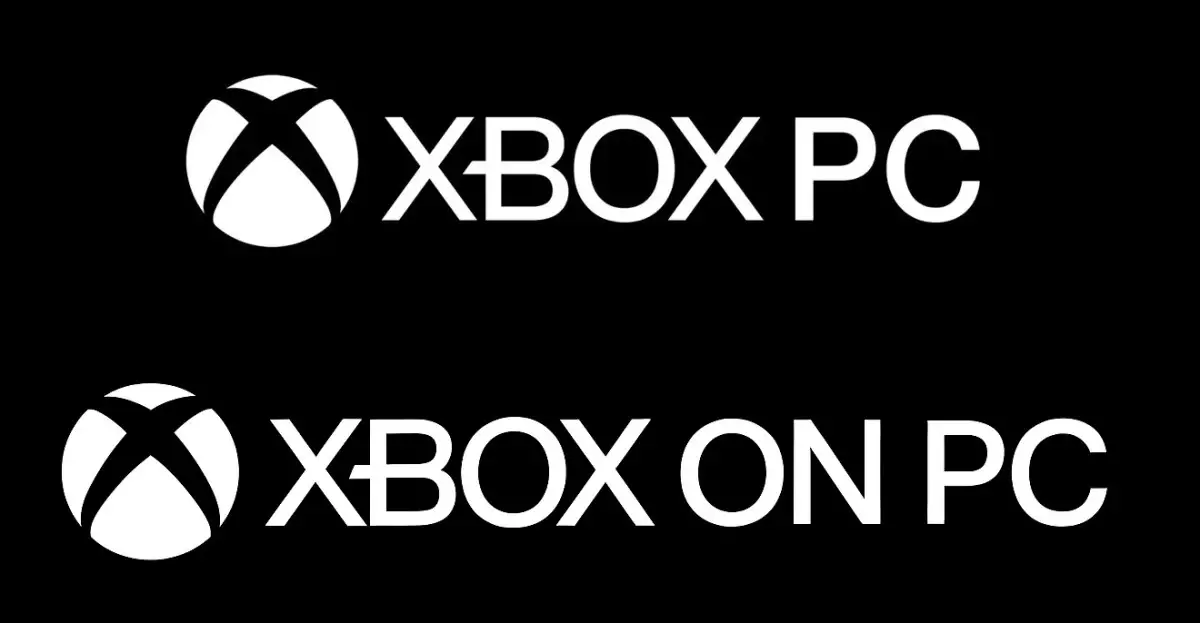In the fast-evolving landscape of digital gaming, a company’s branding choices can significantly influence consumer perception and expectations. Microsoft, a behemoth in the tech and gaming worlds, appears to be caught in a whirlwind of rebranding efforts surrounding its Xbox presence on PC. The recent switch from “Xbox PC” to “Xbox on PC” reflects more than just semantics; it highlights the ongoing struggle for clarity, consistency, and strategic positioning in the cross-platform gaming arena. Such frequent changes suggest uncertainty in how Microsoft envisions its brand integration between PC and Xbox ecosystems, and they inevitably sow confusion among consumers and partners alike.
The Origins of the Branding Conundrum
Initially, Microsoft introduced the term “Xbox PC” in early May, aiming to unify its gaming offerings under a familiar brand, emphasizing that quality Xbox titles are now accessible on PCs through its dedicated app and store. The word choice seemed straightforward—a way to position as a robust alternative to Steam for PC gamers, signaling seamless access to Xbox titles on Windows. However, the narrative was short-lived. Within weeks, the company pivoted to “Xbox on PC,” subtly shifting the tone from a simple platform to a broader ecosystem encompassing services, hardware, and experiential integration.
This move wasn’t just a matter of wordplay; it was a strategic attempt to elevate the perception that Xbox isn’t confined to consoles but is an all-encompassing gaming identity on PCs. Yet, the rapid oscillation between the two labels reflected uncertainty—and perhaps a lack of cohesive messaging—originating from internal debates about how best to position the Xbox brand in a crowded digital marketplace.
Implications for Marketers and Consumers
This inconsistent nomenclature complicates marketing efforts and confuses consumers. When third-party publishers, like Focus Entertainment, use “Xbox PC” in trailers, then switch to “Xbox on PC” in official announcements, it diminishes brand clarity. Such disparities foster skepticism about the company’s strategic vision. Are these merely temporary placeholders, or do they represent deeper segmentation within Microsoft’s branding teams? The inconsistency could dilute the strength of the Xbox brand, which has historically relied on a clear identity that gamers can rally around.
Moreover, Microsoft’s rebranding of Xbox Game Pass for PC to just “PC Game Pass” years ago was aimed at reducing consumer confusion. Now, the ongoing lexical shifts threaten to undo that effort, creating a fragmented perceived ecosystem. As consumers increasingly demand clarity and straightforwardness, this ambiguity can hinder adoption and trust, especially among new users trying to navigate the vast array of Xbox-branded offerings on Windows.
The Broader Vision—and Its Challenges
At the heart of these branding dilemmas lies Microsoft’s ambitious goal: to create a unified gaming experience that spans devices—from traditional consoles to handheld PCs, from smart TVs to VR headsets. This vision aims to position Xbox as a *platform* rather than merely a console brand. Yet, this aspiration is riddled with challenges. The experiences on Xbox hardware and Windows PCs are inherently different, and bridging that gap convincingly requires consistent, clear branding and messaging.
If consumers are to embrace Xbox as a universal gaming platform, the messaging must be stable and resonant. The frequent shifts from “Xbox PC” to “Xbox on PC” suggest that Microsoft is still testing which narrative best suits its long-term strategy. It’s reminiscent of past missteps like Windows Mobile’s branding chaos, which ultimately hampered consumer affinity and developer interest. The risk here is that haphazard rebranding could undermine efforts at integrated experiences, leading to fragmentation rather than the anticipated cohesion.
Next Steps and Strategic Clarity
Looking forward, Microsoft’s upcoming moves—such as integrating Windows and Xbox more deeply for handheld devices—will likely clarify its positioning. The announcement of these initiatives at events like Gamescom hints that a more consistent and compelling branding strategy is on the horizon. However, if Microsoft doesn’t stabilize its messaging now, it risks weakening its brand authority and alienating core audiences who crave consistency and clarity.
The answer lies not just in choosing between “Xbox PC” or “Xbox on PC” but in developing a comprehensive branding language that speaks to the core identity of a unified ecosystem. This means embracing a platform-centric narrative that emphasizes accessibility, seamless experiences, and technological synergy, rather than shifting labels that create more confusion than clarity. Only then can Microsoft truly claim to have built a cross-platform gaming universe that commands trust and loyalty from gamers worldwide.

